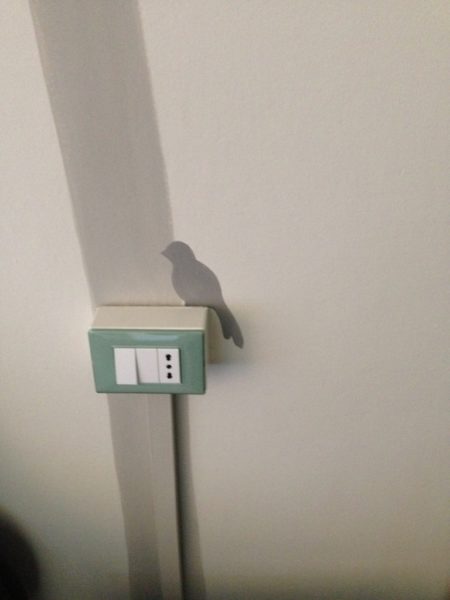Digital Displacement. A phenomenon worth investigating.
In November 2020 I was the keynote speaker at an online conference in Madrid. This was not my first online conference; I had presented at many online events using that platform and I felt on top of things. However, things didn’t quite turn out as I was expecting. This keynote left me particularly displaced. Digitally displaced. As a practitioner, and as a performer.
My internet connection was more unreliable than ever. My computer was slow and it took me 30 minutes to connect. Once I joined the event, the wifi wasn’t strong enough, so I moved to a different room in my house, leaving the studio space for the kitchen. There were still problems, so I moved again. I disconnected and re-connected from my phone. By the time the Chair introduced me, I was a nervous wreck. As I started my speech, the doorbell rang and I moved abruptly. Alas, the phone slipped and, with it, my 80 delegates fell to the floor. Less than three minutes into my speech, I had managed to give my audience sea sickness!
The webinar setting meant that I was unable to make eye contact with the audience. The slides on my phone were barely visible. In an effort to relax, I foolishly sat on a bean bag to deliver the presentation, as the wall behind it was the best background I could find to eliminate the glare from the window. If you ever wonder, no, it’s not a good idea to present a key note sitting on a bean bag. Don’t try it at home.
I included a practice component to the keynote, for which I moved again, as people around the house were making noise. I felt unfocused and on edge. As a presenter, I apologised to my audience and tried as hard as I could to stay focused. As a facilitator, I worked with some volunteers but felt a lack of (performative) presence – definitely my fault, as I was not present myself.
Digital displacement: that feeling of awkwardness as an experiential facilitator losing your bearings as you work online. We all felt that, in 2020. Not being able to make eye contact; not being able to read the room; seeing myself on camera, having participants ‘muted’. Up to 2019, I would have considered myself a confident public speaker, but the pandemic pushed me out of my comfort zone. Yet, as they say, if you’re not living on the edge you’re taking too much space.
Since the first lockdown, I’ve grown. My sense of Digital Displacement has pushed me towards new directions. In an effort to catch up with the times, I’ve done some excellent training for teaching drama online, including Sydney Theatre Company, Linklater voice online and Digital Theatre +. After 12 months of embodied practice online, I see how the digtal medium has potential. I thrive in rediscovering ways to generate aesthetic engagement in the virtual classroom.
But the sense of Digital Displacement I experienced in that keynote is something deeper than just teaching online, it is an intangible feeling that, I suspect, most arts-based facilitators will relate to. It’s a loss of touch, it’s a sense of unfamiliarity. Alienation. But also an overwhelming sense of humanity. A craving for the human behind the screen. Don’t put up your virtual background, I want to see your messy kitchen. I need to see you in context.
Last week I facilitated a Master class as part of Le Corps du Texte Seminar (the Choreography of Speech) at Université Bordeaux Montaigne. After a two-hour workshop – starting with breathwork, a dance warm up, then a video animation, collective poetry, teacher in role, tableaux, soundscapes and a discussion, I felt a glimpse of a collective something; a spark of aesthetic engagement. Or did I? Did the students also feel that? I’ll never know.
Arts-based embodied practice online can work, if the people behind the screen commit to creating a certain tension of tension of intimacy. A feeling pervades, though. It’s hard to pinpoint, it’s as ephemeral as all drama work. An imagery comes to mind, a detail from my home. On the main wall in the bedroom there’s a painting of a bird. The bird is perching on a wall socket. It’s a simple painting of a bird, yet it looks so real. I guess it gives me joy.
As I stare at the imagery, I figure it’s the 3D box that gives the bird perspective. Not just visually; it also houses the electrical circuits that enable the light to shine, and cast a shadow. I find it powerful and I wonder: what makes it so cunning? Is it the 2D grayscale bird? Or is it the 3D socket box, on which it sits? Or is it the unique combination of the two, that is, a little bird is perching on my light switch as I wake up? Whatever it is, the bird-ness of the bird is undeniable. Even if it’s just a picture on a flat wall.
Equally, I may feel disconnected and digitally displaced, but it is still an embodied experience, with real consequences. How I handle those is another story.


